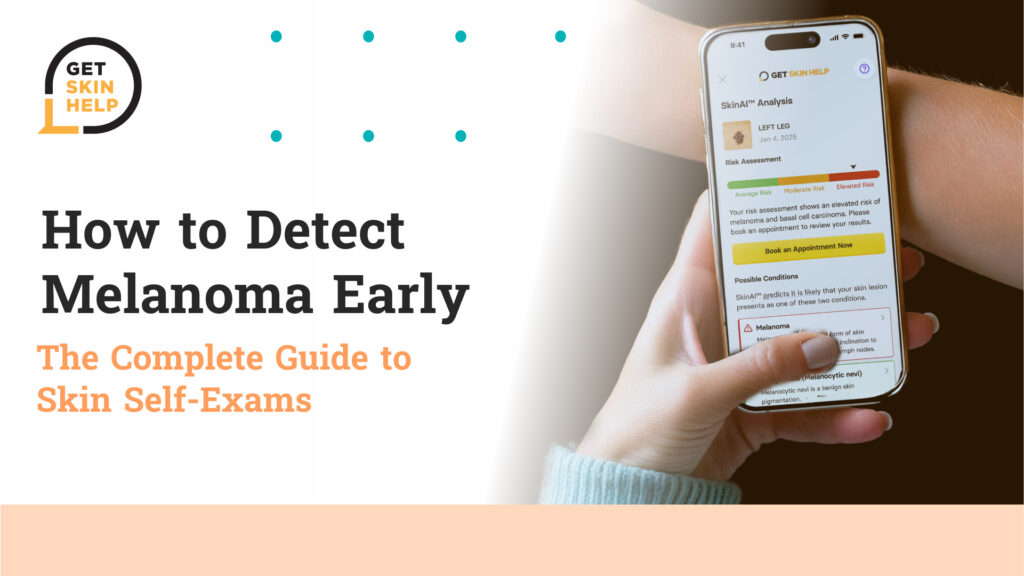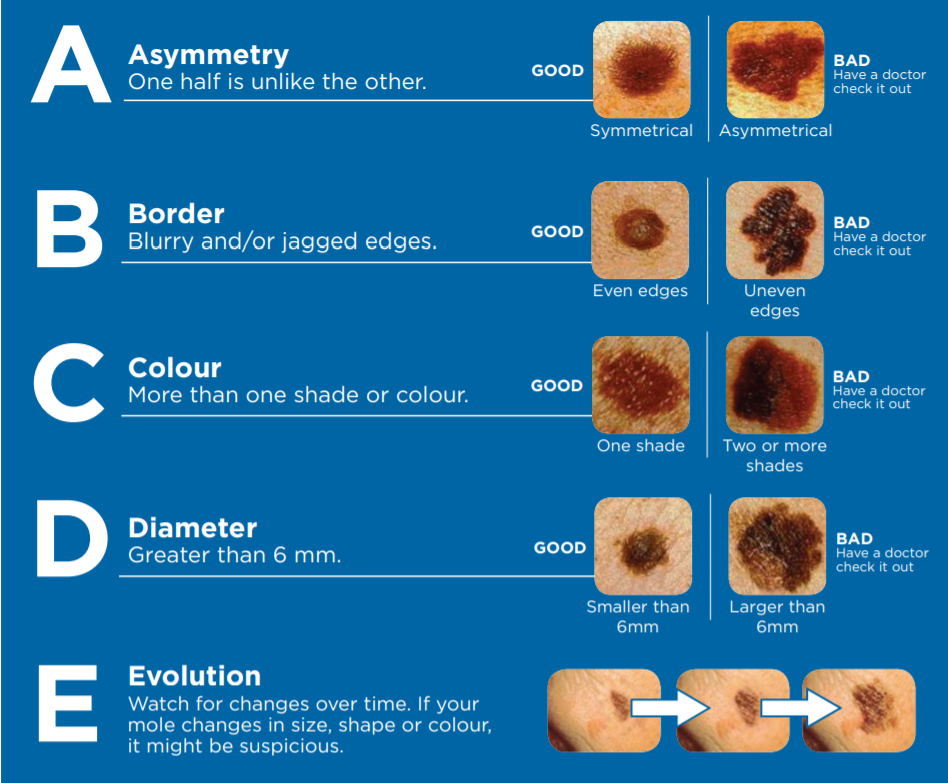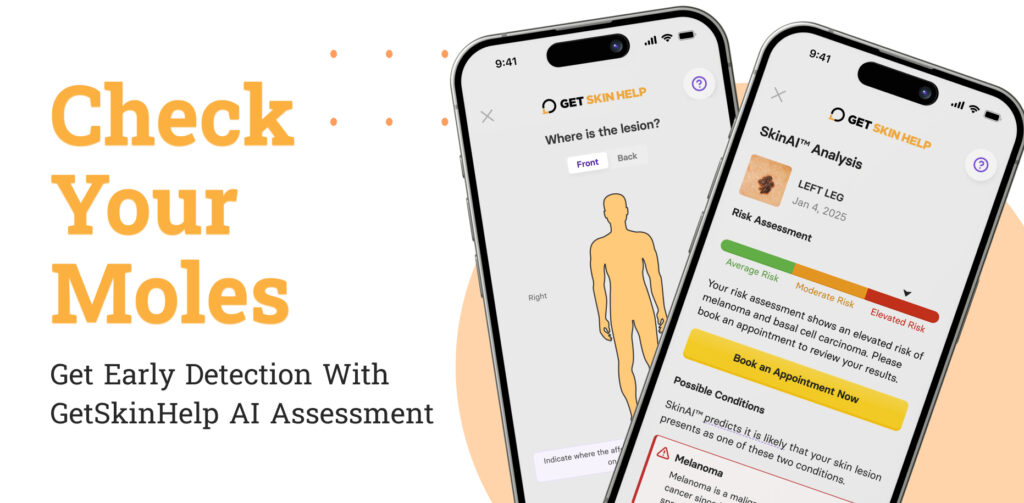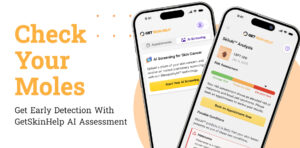
Understanding how to perform regular skin self-exams is crucial for early detection of melanoma and other skin cancers. This guide adheres to current Canadian public health recommendations and aligns with leading cancer and dermatology organizations, including Melanoma Canada and the Save Your Skin Foundation.
Why Early Detection of Melanoma Is Crucial
- Melanoma is the deadliest form of skin cancer, but it is highly curable if detected early.
- People of all skin types, including those with darker skin, are at risk and should remain vigilant. Melanoma can appear on areas not constantly exposed to the sun, including palms, soles, and under nails.
- Early diagnosis increases treatment options and survival rates.
How to Perform a Skin Self-Exam
Monthly Self-Check: Step-by-Step
Major Canadian organizations recommend a monthly self-examination:
- Stand in a well-lit room with a full-length and a handheld mirror.
- Examine all skin areas: face, scalp (use a comb or blow dryer to part hair), neck, torso, arms (including underarms, palms, fingernails), legs, feet (including soles and between toes). Ask a partner for help with areas that are hard to see.
- Record and photograph moles or spots, noting any changes over time to compare month by month.

What to Look For — The ABCDEs of Melanoma
- A — Asymmetry: One half of a mole does not match the other.
- B — Border: Edges are irregular, ragged, or blurred.
- C — Colour: Varied shades of brown, black, tan, or other colours may appear in a single mole.
- D — Diameter: Larger than 6 mm (size of a pencil eraser), but melanomas can be smaller.
- E — Evolving: Any change in size, shape, colour, or new symptoms like itching or bleeding.
If you notice any ABCDE signs or new, changing, or unusual areas, schedule a medical assessment.
Frequently Asked Questions
- How often should I check my skin? Perform a self-exam monthly for the best chance at early detection.
- Is melanoma a risk for people with darker skin? Yes, although less common, it can occur and is often caught later, particularly on the soles, palms, or under nails.

Technology & AI: Help for Your Skin Health
GetSkinHelp offers a free AI-powered skin assessment tool that provides:
- 88% accuracy (based on broad international datasets), which can be especially beneficial for those with darker skin, where traditional systems may fall short.
- Immediate analysis with the top 3 suggested results, marking spots as “average risk”, “moderate risk” or “elevated risk.”
- Seamless care, allowing users to schedule an online appointment directly from the platform if concerns arise.
What to Do If You’re Concerned
If the AI or your own exam flags concerning spots, schedule a virtual or in-person consultation with a qualified healthcare provider. In Canada, dermatologists and family physicians may refer you for further assessment, as recommended by national cancer organizations.
Trusted Canadian Medical Sources
- Canadian Dermatology Association: Skin cancer and melanoma guidelines, including the full self-check protocol.
- Canadian Cancer Society: Comprehensive advice on melanoma risk factors, early detection, and diagnosis.
- Canadian Skin Cancer Foundation: Practical guides and early detection checklists.
- Melanoma Canada: Educational resources, support, and patient navigation for melanoma prevention and detection.
- Save Your Skin Foundation: Advocacy and support for Canadians affected by skin cancer. Offers patient navigation and information on melanoma early detection.
Ready to act? Start your monthly self-exam today and try GetSkinHelp’s free AI-powered assessment for added confidence. If concerned, book your consultation promptly — early action saves lives.


